I couldn’t believe it when I heard about dozens of dolphins getting stranded on Cape Cod. Imagine 125 dolphins stuck in shallow waters, needing help. Our brave rescue teams and volunteers quickly stepped in, working hard to guide these dolphins back to safety. They faced mud, tides, and long hours to save these beautiful creatures. Let’s now learn this amazing story of teamwork and dedication to protect the dolphins.
Largest Dolphin Stranding in 26 Years

I was in disbelief when I read about 125 dolphins stranding themselves on Cape Cod, marking the largest stranding in the area in 26 years. The International Fund for Animal Welfare (IFAW) reported that this tragic event happened at The Gut, a known hotspot due to its shape and tidal fluctuations. Rescuers faced many challenges, including difficult mud conditions and the dolphins being spread over a large area.
Early Morning Rescue Efforts
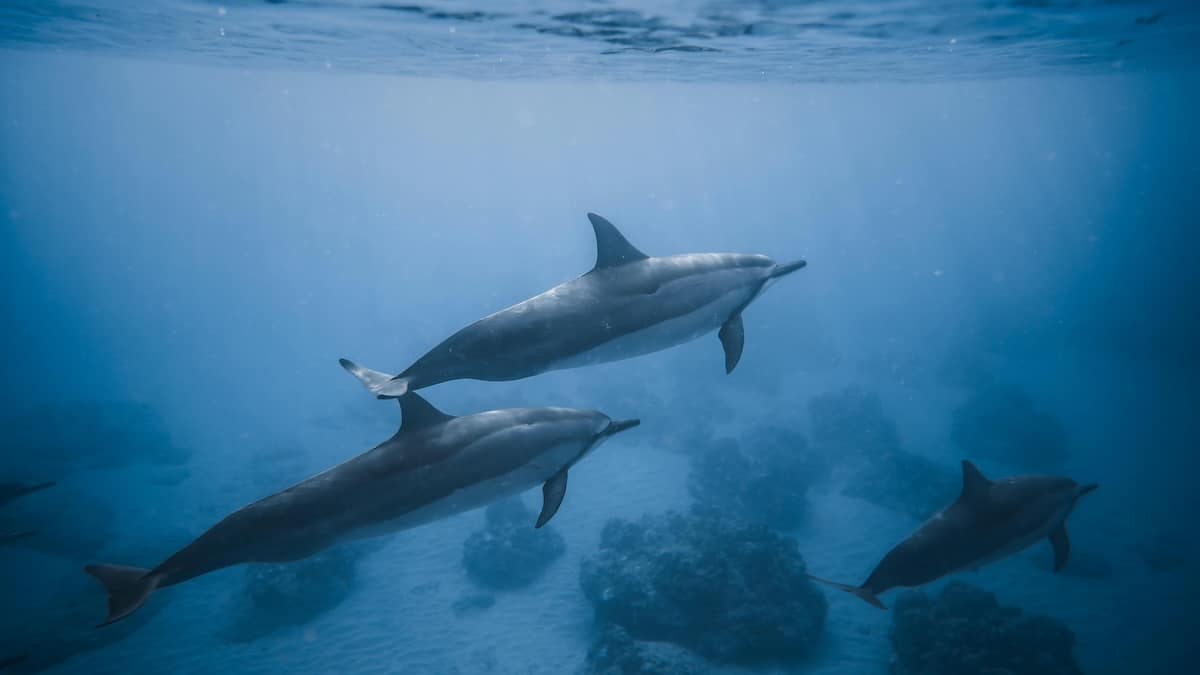
On Saturday, rescuers found 10 dolphins in dangerously shallow waters at dawn. They managed to herd these dolphins into deeper waters, giving them a better chance of survival. This initial success boosted the team’s morale for the ongoing rescue efforts.
The Second Group of Dolphins Found
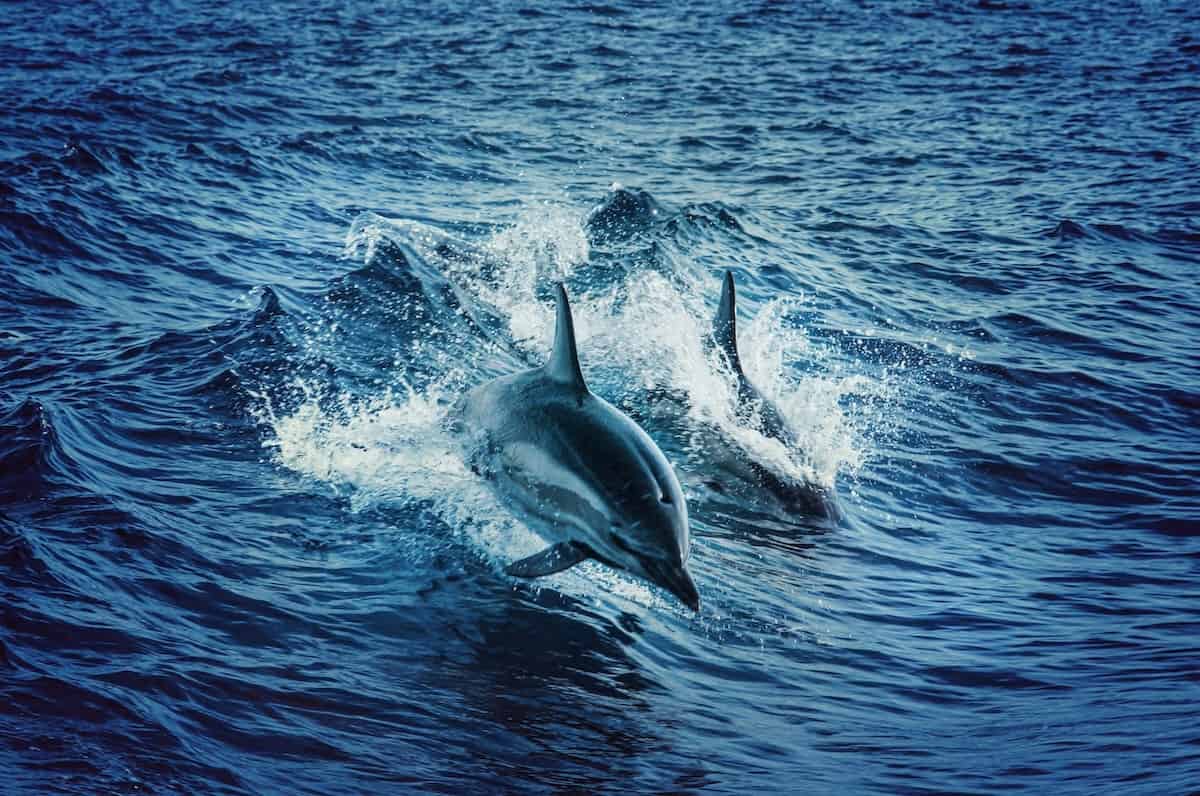
Later that morning, scouts located a second group of 25 dolphins near Eastham. With the tide dropping, rescuers continued to guide these dolphins away from the shore. It was a race against time to prevent another mass stranding.
Challenges Faced by Rescuers
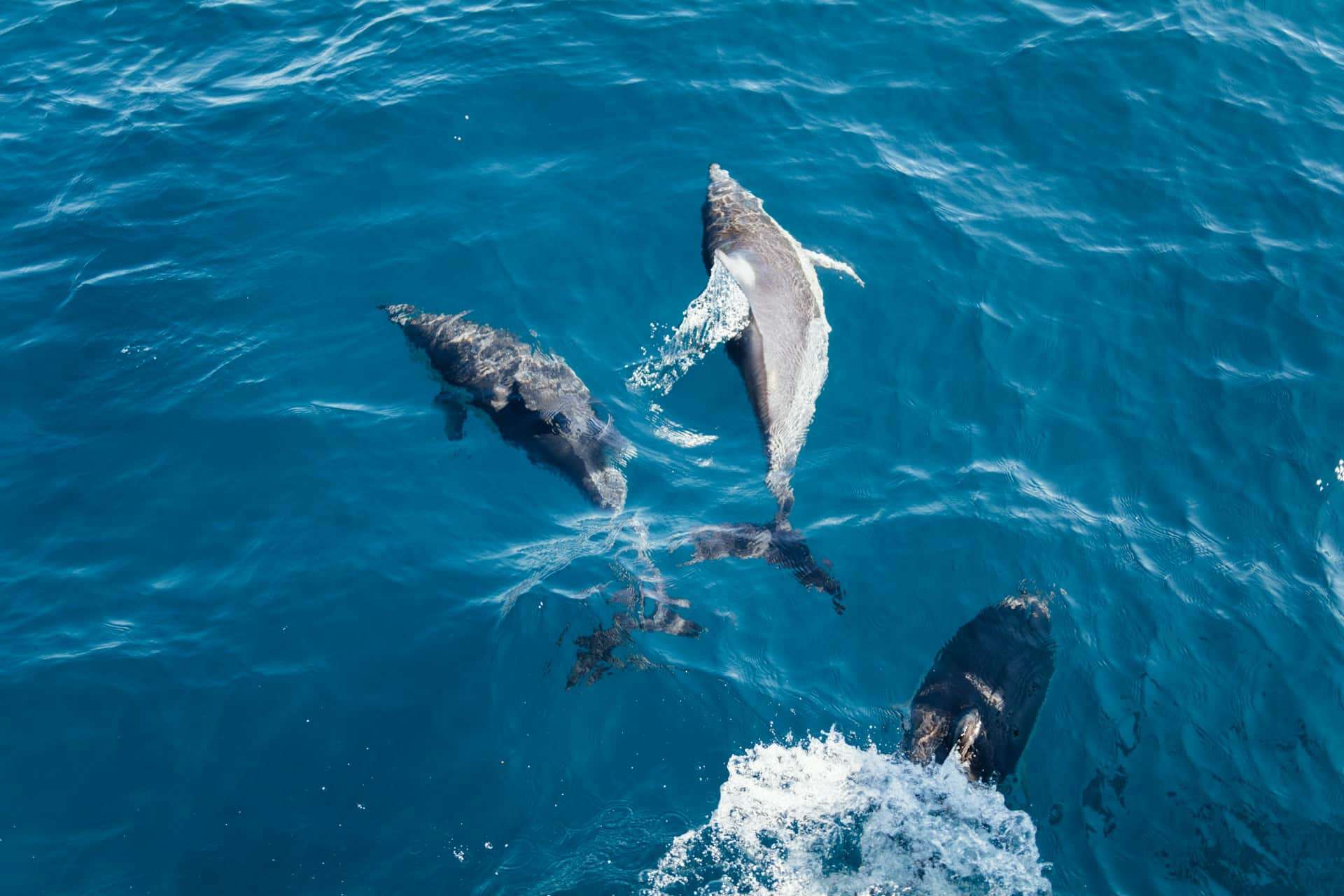
Misty Niemeyer, IFAW’s stranding coordinator, highlighted the many challenges faced during the rescue. Difficult mud conditions and the wide distribution of dolphins made the task arduous. Despite the exhausting conditions, the team remained dedicated to saving the stranded dolphins.
The Role of Underwater Pingers

The rescuers used small boats equipped with underwater pingers to guide the dolphins. These pingers emit sounds that help direct the dolphins toward deeper waters. The use of technology was instrumental in the successful herding efforts.
Community Involvement

Over 100 trained volunteers joined more than 25 IFAW staff members in the rescue efforts. The community’s involvement was vital in managing such a large-scale operation. Their dedication and hard work were evident throughout the rescue process.
Support from Other Organizations
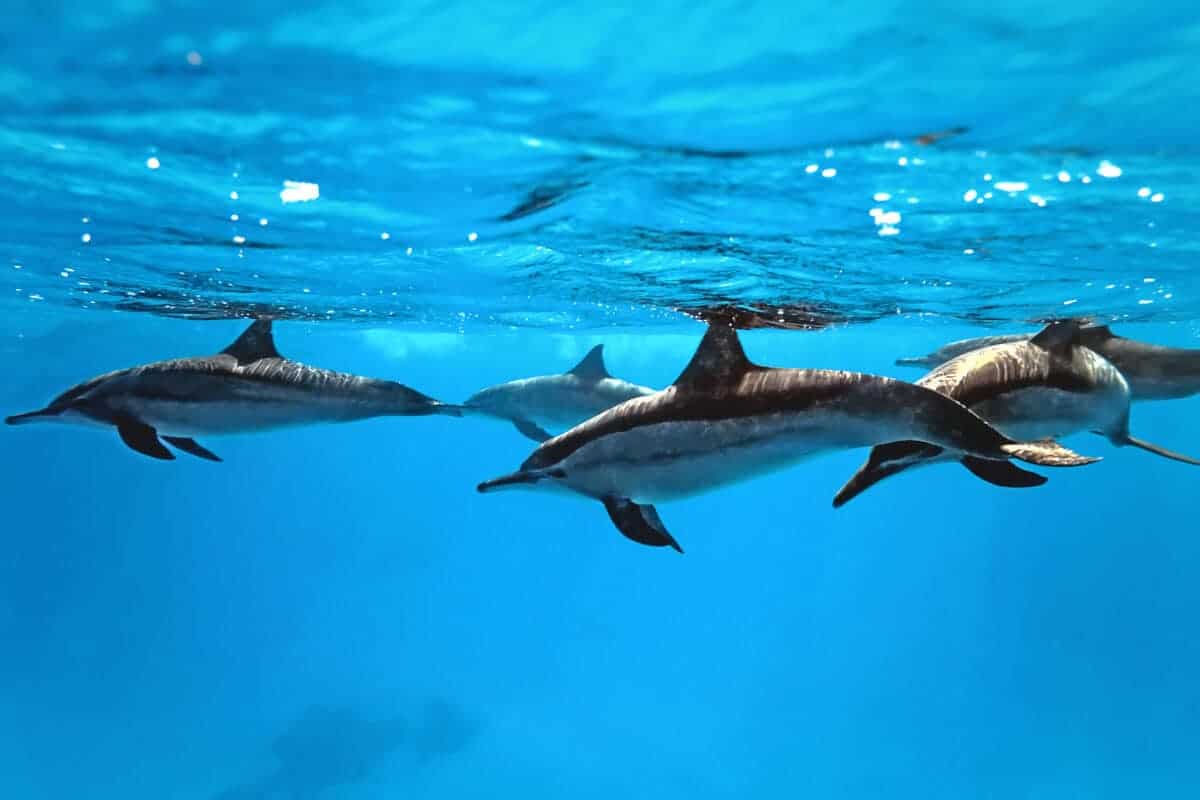
The rescue operation received support from several organizations, including Whale and Dolphin Conservation, the Center for Coastal Studies, and AmeriCorps of Cape Cod. The New England Aquarium also provided valuable assistance. Collaboration between these groups was key to the rescue’s success.
The Gut: A Stranding Hotspot

The Gut, where the stranding occurred, is known for frequent strandings due to its hook-like shape and tidal fluctuations. Experts believe these geographical features contribute to the high number of strandings. Understanding these factors is essential for future prevention efforts.
The Impact of Tidal Fluctuations

Tidal fluctuations play a significant role in dolphin strandings at The Gut. As the tide drops, dolphins can become trapped in shallow waters. Monitoring tide levels is crucial in preventing future strandings.
The Exhausting 12-Hour Response

Rescuers worked tirelessly for 12 hours in the unrelenting sun to save the stranded dolphins. The physically demanding conditions added to the challenge. Despite the exhaustion, the team’s determination never wavered.
The Use of Foot Herding Techniques

Initially, rescuers herded the dolphins on foot, guiding them towards deeper waters. This technique required patience and precision. Foot herding was an essential part of the initial rescue efforts.
Importance of Deeper Waters
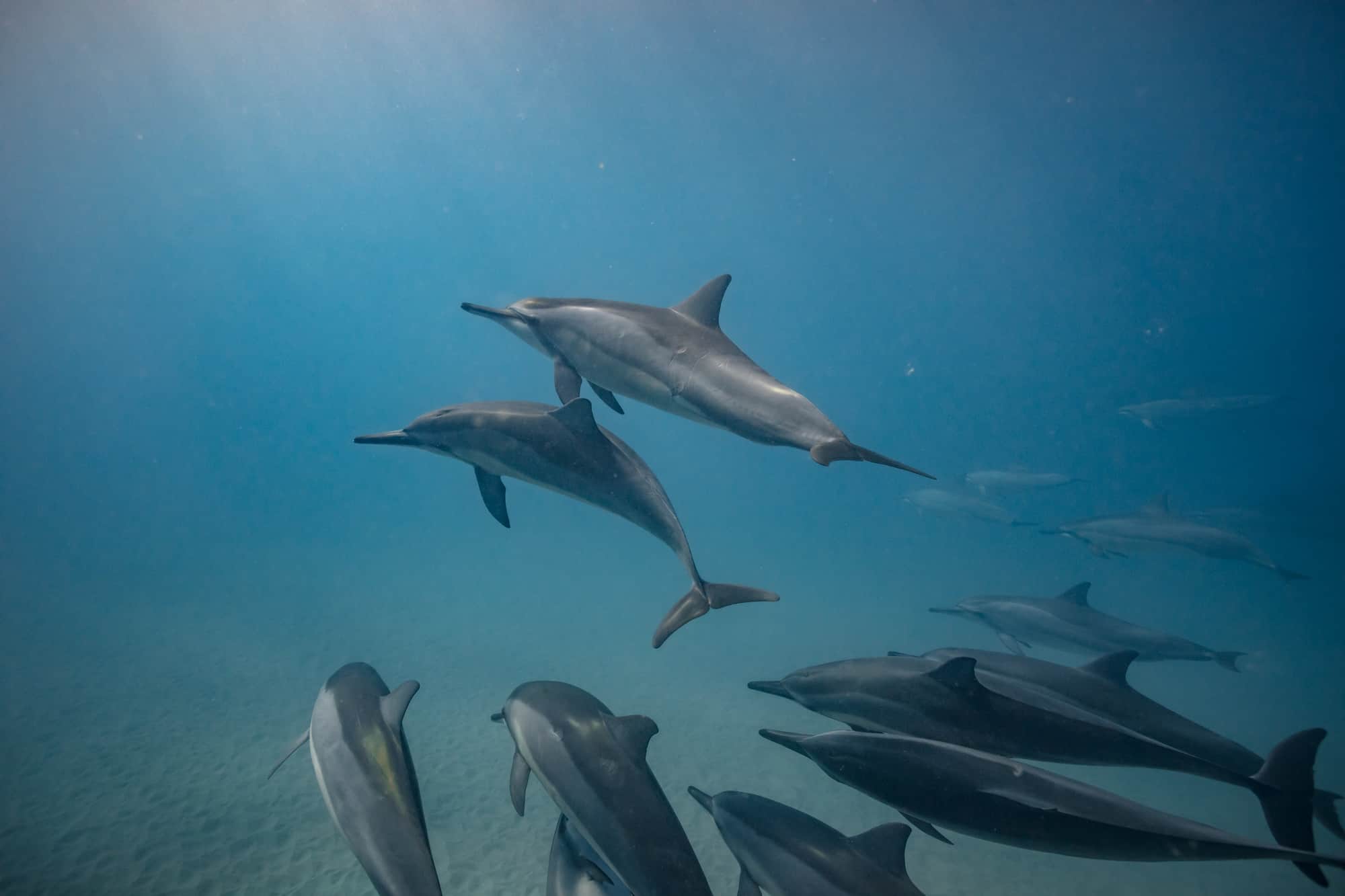
Guiding the dolphins into deeper waters was crucial for their survival. Shallow waters pose numerous risks, including increased chances of re-stranding. Ensuring the dolphins reached safer depths was a primary goal of the rescue operation.
The Role of Trained Volunteers
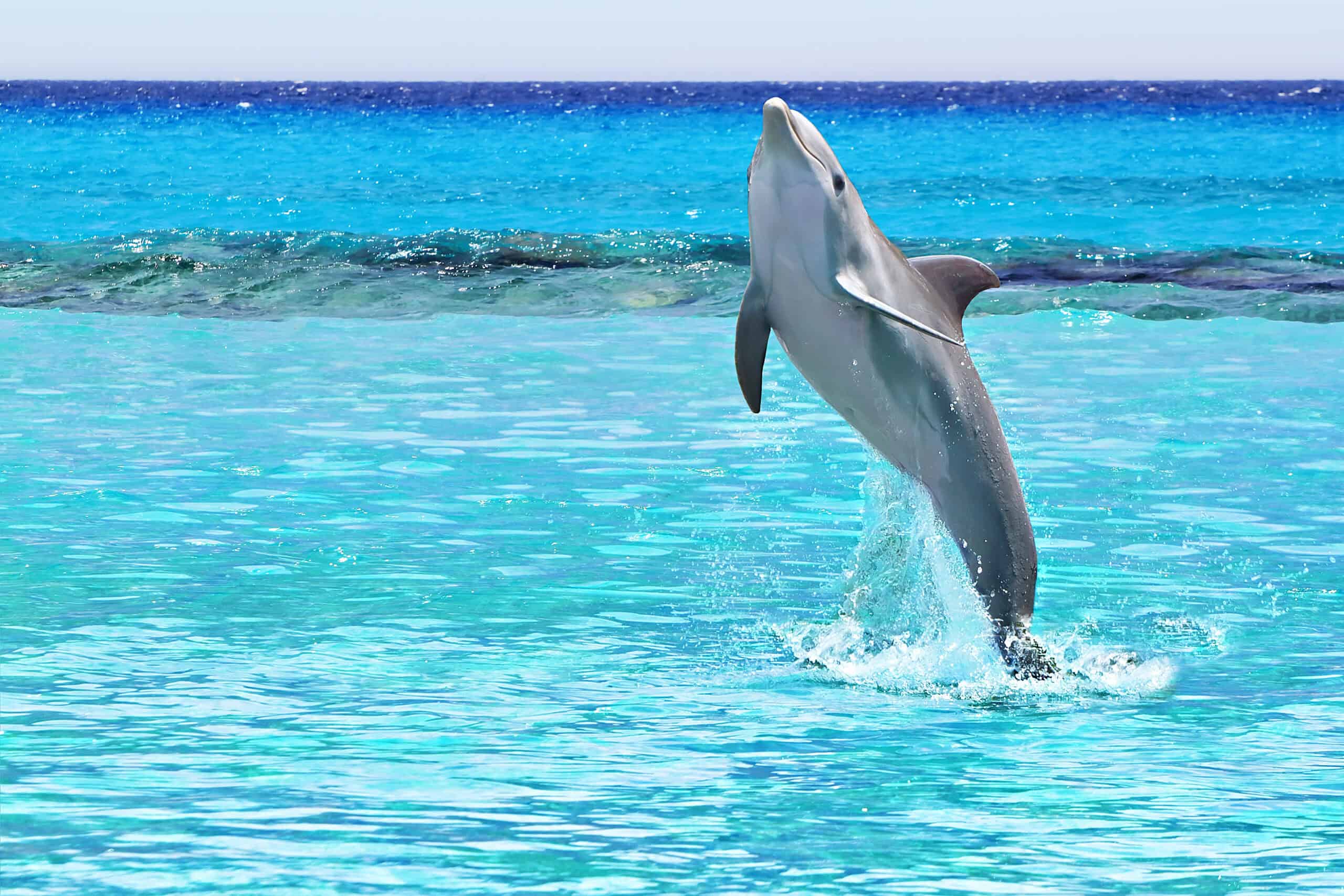
Trained volunteers played a significant role in the rescue efforts. Their expertise and dedication were invaluable in managing the large-scale operation. The volunteers’ hard work and commitment were evident throughout the rescue process.
Collaboration Between Organizations
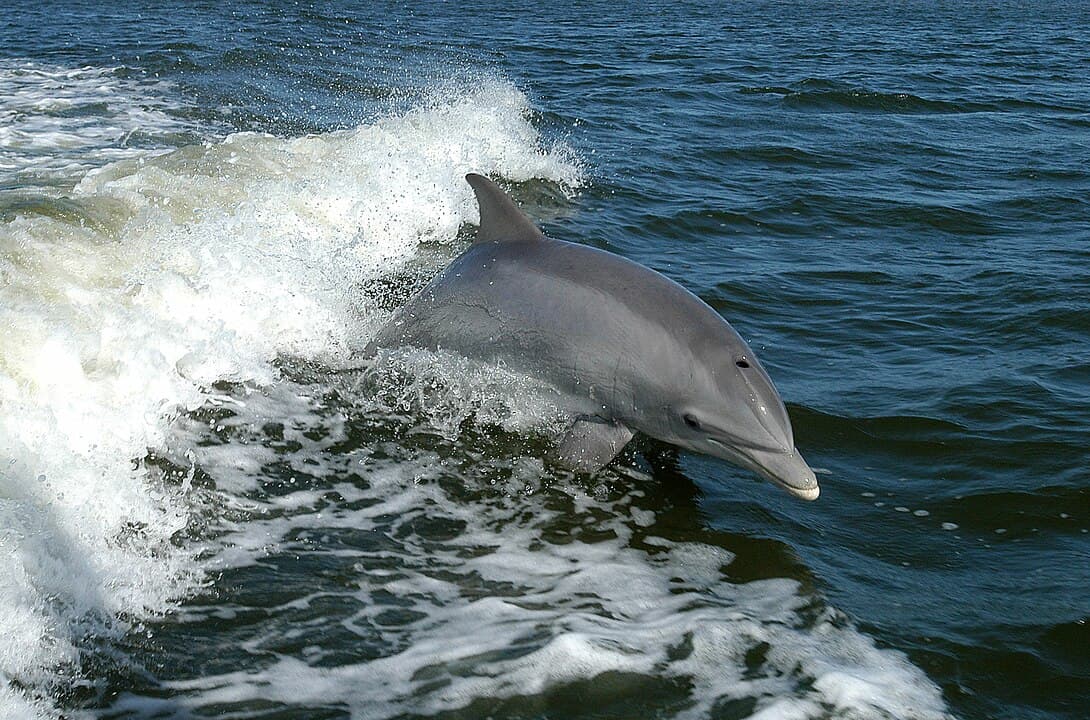
Collaboration between various organizations was key to the success of the rescue. Each group brought unique expertise and resources to the effort. This teamwork exemplified the importance of cooperation in wildlife rescue operations.
The Tragic Loss of 10 Dolphins

Despite the rescue efforts, 10 dolphins did not survive the stranding. This loss highlights the challenges and risks involved in such operations. The team focused on giving the remaining dolphins the best chance at survival.
Future Prevention Efforts
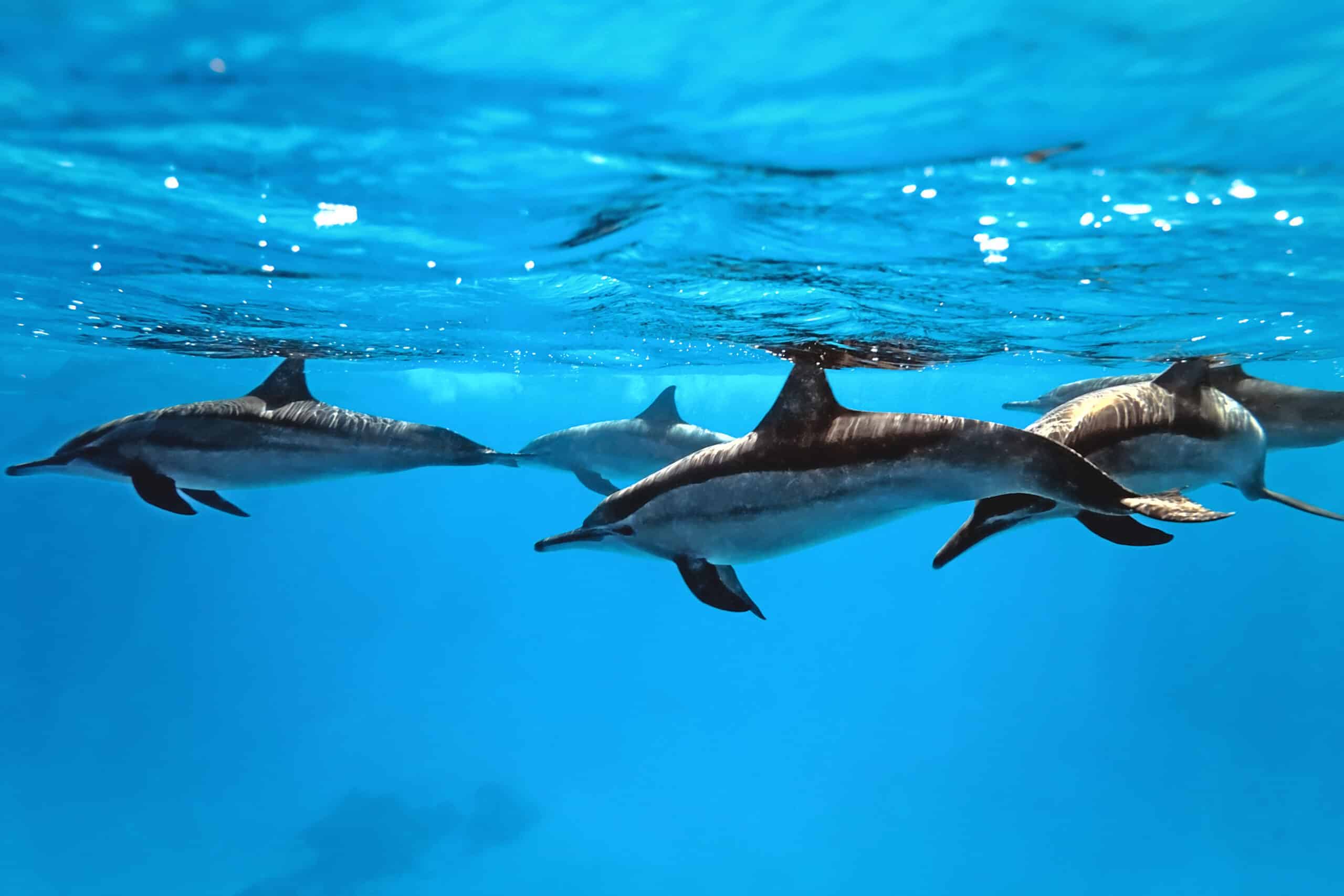
Understanding the causes of dolphin strandings is crucial for future prevention. Geographic features like The Gut’s shape and tidal patterns must be closely monitored. Continued research and monitoring are essential to reduce the risk of future strandings.
The Role of Technology in Rescues
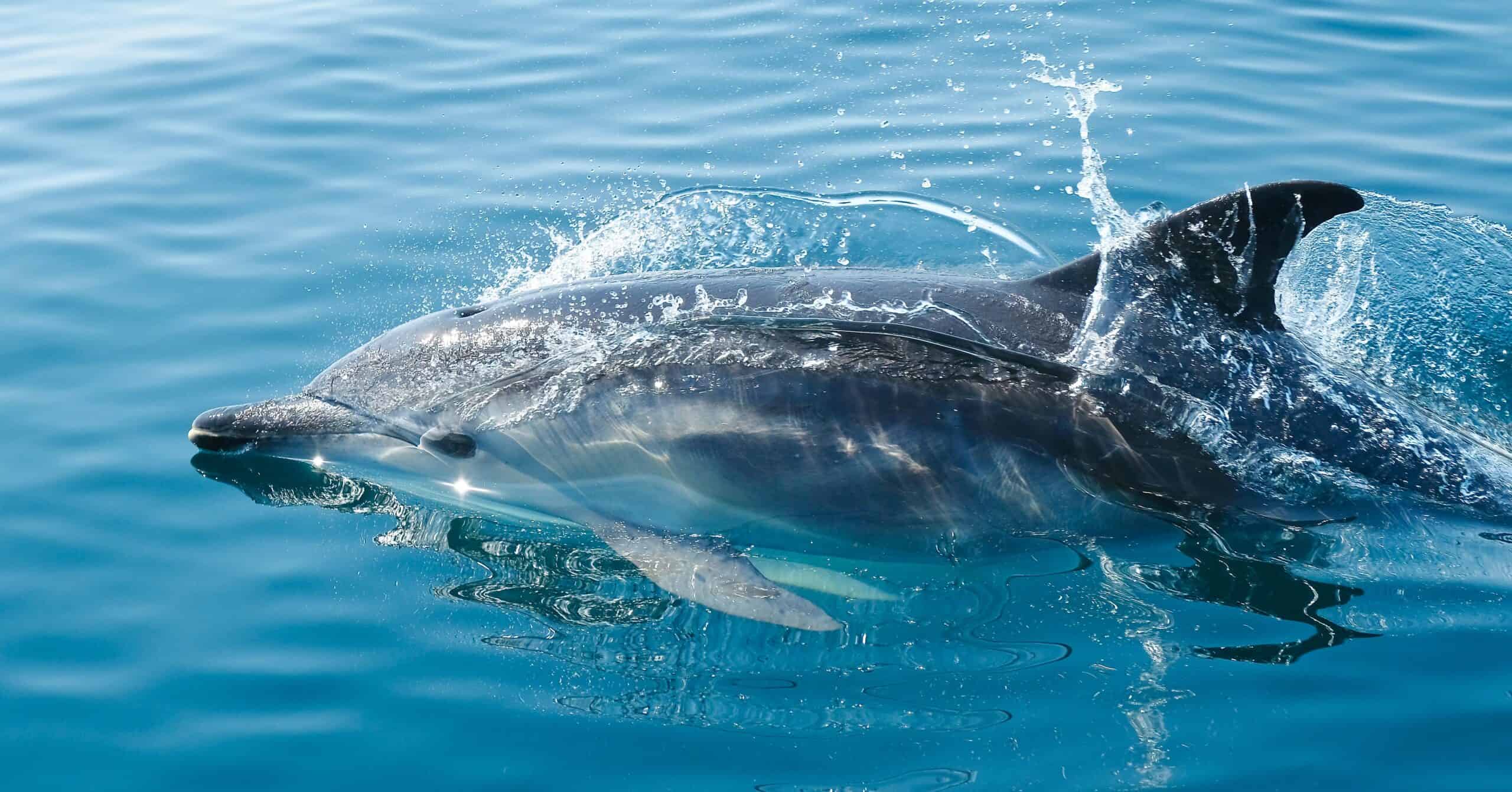
Technology, such as underwater pingers, played a crucial role in the rescue efforts. These tools help guide dolphins toward safer waters. The use of technology in wildlife rescue is an area of ongoing development.
Community Support and Awareness

Community support and awareness are vital in wildlife rescue efforts. Public involvement can significantly enhance the effectiveness of such operations. Raising awareness about the challenges and successes of rescues is important for future efforts.
The Dedication of Rescuers
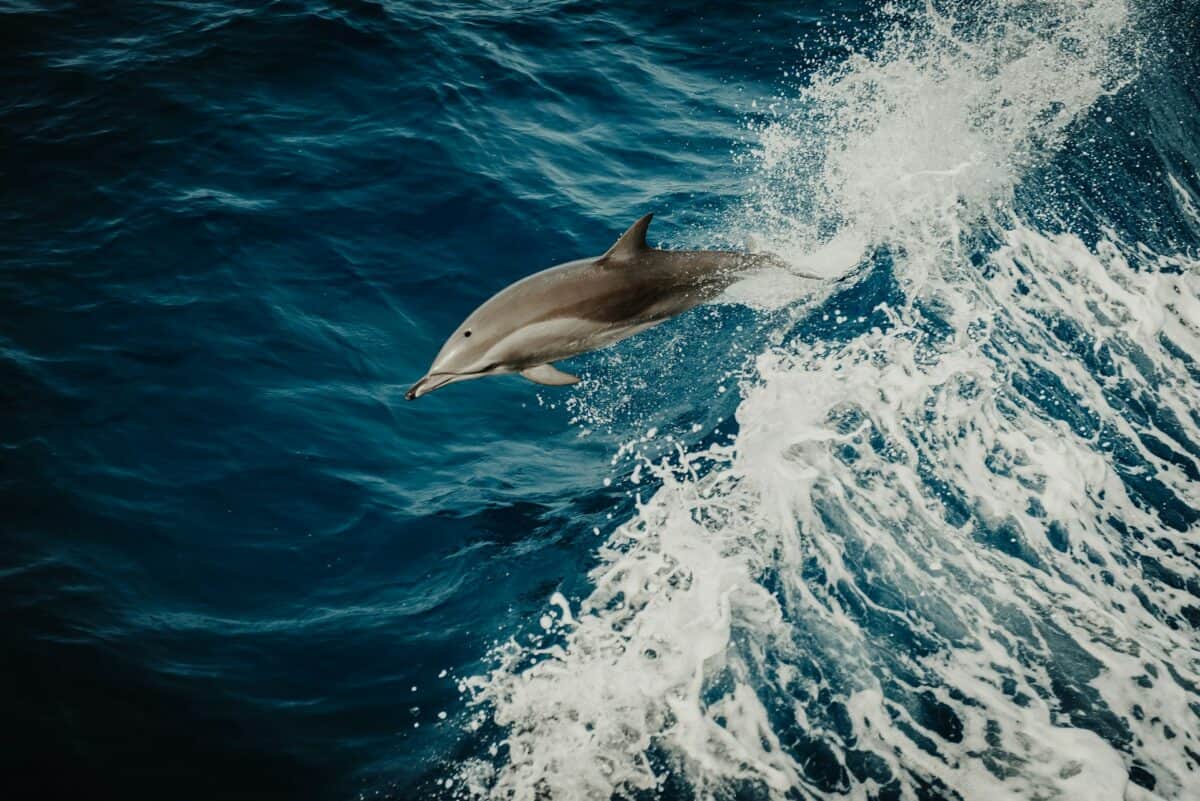
The dedication and hard work of the rescuers were evident throughout the operation. Their commitment to saving the stranded dolphins was unwavering. The team’s efforts highlight the importance of perseverance in wildlife rescue.
The Importance of Continued Monitoring

Continued monitoring of stranding hotspots like The Gut is essential. Ongoing surveillance can help prevent future strandings and improve response times. This proactive approach is crucial for the well-being of marine wildlife.
Final Thoughts
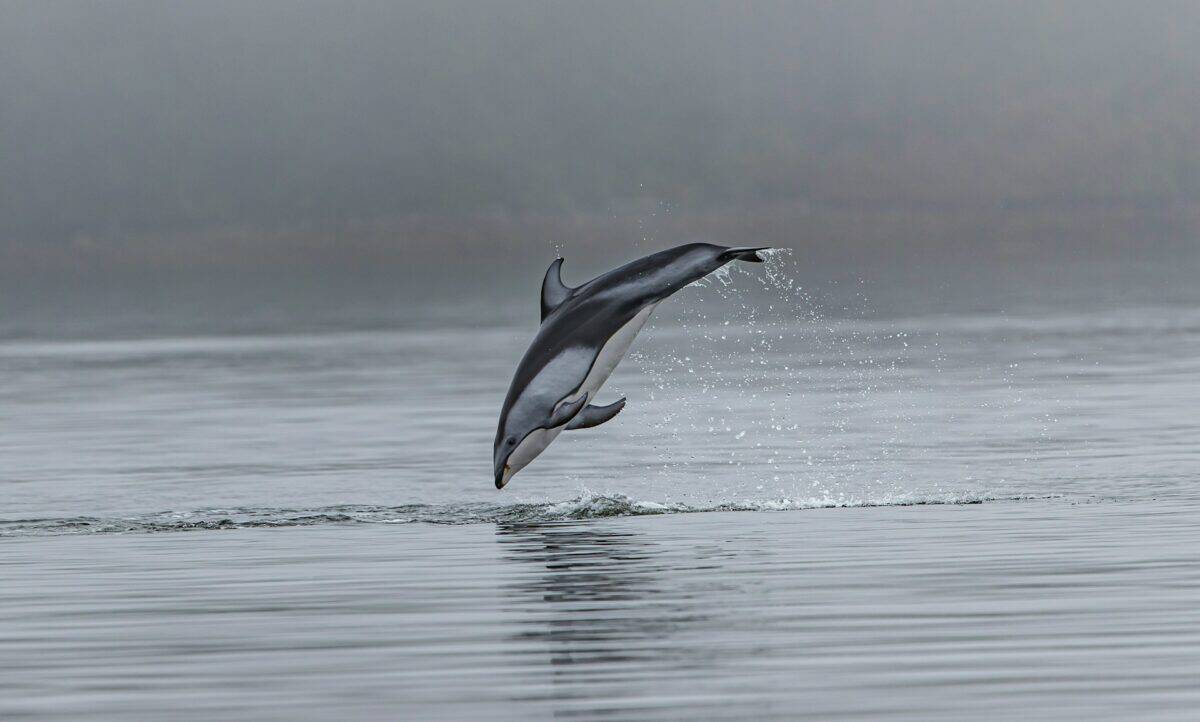
Growing up, I always admired the efforts of wildlife rescuers, but seeing the dedication and hard work put into saving these dolphins truly opened my eyes. This event underscores the importance of community involvement, technological advancements, and continuous monitoring of wildlife conservation. Let’s all do our part to support and protect these incredible creatures.
Join our Forum for free today!

- Rescue Teams Prevent Mass Dolphin Stranding in Cape Cod - July 3, 2024
- Unlikely Friends: Cow Befriends Wild Bison in Poland - July 2, 2024

